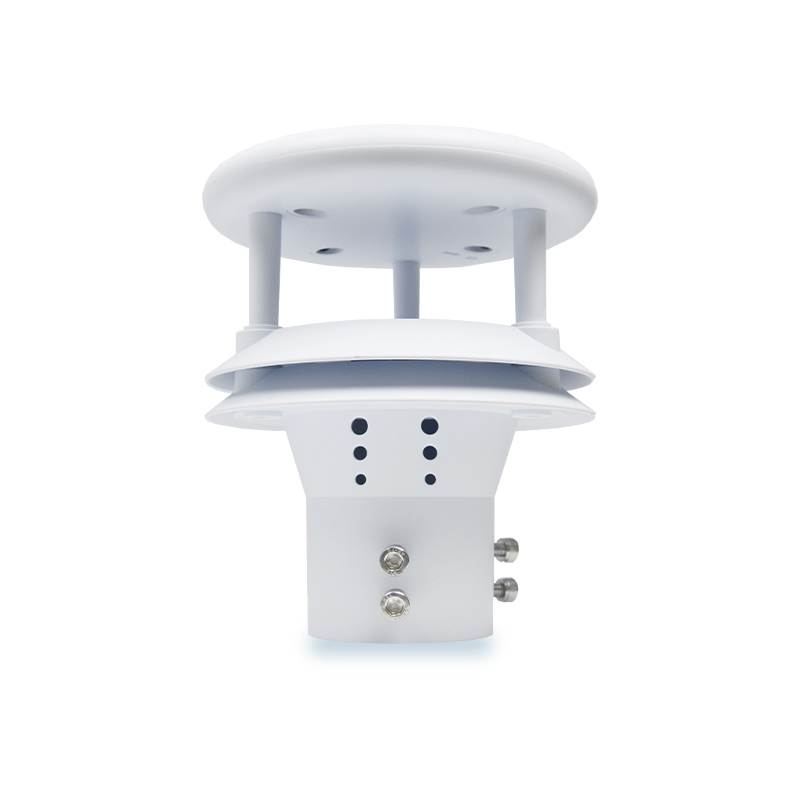Shandong Fengtu IOT Technology Co., Ltd
Sales Manager:Ms. Emily Wang
Cel,Whatsapp,Wechat:+86 15898932201
Email:info@fengtutec.com
Add:No. 155 Optoelectronic Industry Accelerator, Gaoxin District, Weifang, Shandong, China

Sales Manager:Ms. Emily Wang
Cel,Whatsapp,Wechat:+86 15898932201
Email:info@fengtutec.com
Add:No. 155 Optoelectronic Industry Accelerator, Gaoxin District, Weifang, Shandong, China
time:2025-04-17 09:35:53 source:Weather Station viewed:623 time
In fields such as meteorological research, agricultural irrigation, urban drainage planning, and water conservancy projects, it is crucial to accurately grasp rainfall data. Accurate rainfall monitoring not only provides important basic data for weather forecasting but also helps the agricultural sector scientifically arrange irrigation plans, enables cities to make preparations for flood prevention and drainage in advance, and plays a vital role in ensuring the smooth operation of social production and daily life. Driven by such demands, various types of rainfall sensors have emerged on the market, providing powerful tools for obtaining precise rainfall information.
The Stainless Steel Tipping Bucket Rain Gauge YL1 is a relatively common rainfall monitoring device at present. It collects rainwater through a small tipping bucket. When the rainwater accumulates to a certain amount, the small bucket will automatically tip over to discharge the rainwater and trigger a counting device to record the rainfall. This rain gauge has a simple structure and a relatively low cost, so it is widely used in conventional rainfall monitoring stations.
The FT-Y1 piezoelectric rain gauge makes use of the characteristics of piezoelectric materials. When raindrops fall and impact the piezoelectric element, an electrical signal will be generated. The intensity of the electrical signal is closely related to the impact force of the raindrops, and the rainfall can be accurately calculated through conversion. This rain gauge has a fast response speed and can monitor the changes in rainfall in real time and with high precision.
The FT-G1 Optical Rain Gauge works based on the principle of optics. It emits light and receives the reflected or transmitted light signals. When raindrops enter the optical path, the light will be blocked or scattered, causing the light signal at the receiving end to change, thereby detecting rainfall and calculating the amount of rainfall according to the degree of signal change. Due to its optical principle, this device is not affected by electromagnetic interference and has a relatively high measurement accuracy.
The YL4 Radar Precipitation Sensor Rain Gauge Distrometer adopts radar technology. It measures the rainfall by emitting electromagnetic waves and receiving the signals reflected back by raindrops. This rain gauge can achieve large-area rainfall monitoring, is not limited by factors such as terrain, and can quickly obtain the distribution of rainfall within the region.
These different types of rainfall sensors each have their own advantages. Together, they have established a precise rainfall monitoring network, providing reliable data support for us to deal with various rainfall-related matters and continuously playing an important role in the meteorological and related fields.

Automatic weather station for ships, is a device used on ships to monitor the weather conditions at sea. It includes: weather data processing system, automatic weather station and other components. Among them, the automatic weather station is responsible for collecting weather data and transmitting...
what are weather elements Including humidity, temperature, wind speed, rainfall, visibility, clouds, sunshine time and other meteorological parameters....
Small agricultural weather station is a new modern monitoring system that uses modern information technology and network means to assist agricultural producers to carry out yield prediction and analysis of agricultural products, guide growers to reasonably determine the sowing time, timely harvest,...
The ultrasonic wind speed and direction sensor is a highly accurate, fully digital detection device with the following features:Integrated design: wind speed and wind direction detection in one unit, providing accurate wind speed and wind direction data.Signal processing: Built-in signal processing...